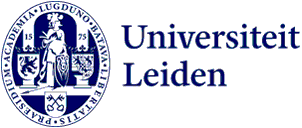
“You look well,” said the oncologist, but she didn't feel that way at all
Leiden psychologists Janine Westendorp and Liesbeth van Vliet have investigated types of communication that seriously ill patients may experience as harmful. The results of this research were published in the American journal Cancer. And the results have now also been published as a poster for education and the doctor's office.
This poster can now easily be integrated into communication training courses for healthcare providers. The QR code on the poster leads to the scientific study including the results table, with further examples of harmful communication and helpful alternatives.

How do you feel?
In their research, and now on the poster, Janine Westendorp and Liesbeth van Vliet highlight a number of obviously harmful situations, such as failing to show an interest in the person themselves, or giving information without being empathetic. Moreover, much harmful communication turns out to be fairly easy to prevent. For example, the poster shows that giving a well-intentioned compliment can be perceived as harmful. "You look well," does not necessarily correspond to how the patient actually feels. "Some patients even perceive such statements as giving them no room to indicate that in fact they don’t feel well at all," Van Vliet points out. According to the researchers, it’s not that the compliment should be avoided altogether, but it is important to subsequently also ask the patient whether they feel as well as they look.
We will still be there for you
The results table contains the dreaded sentence “There is nothing more we can do for you”, which can be experienced as harmful by patients. Westendorp: "When anti-cancer treatments no longer work, there are always other things that can be done for patients, such as medication to reduce symptoms or psychological counseling to help them process the situation. It is important to stress this: “we will continue seeing you”.
A must see for every healthcare professional
On the poster and the accompanying table, Westendorp and Van Vliet provide a clear overview of which harmful expressions can be avoided and also offer a concrete constructive alternative.
